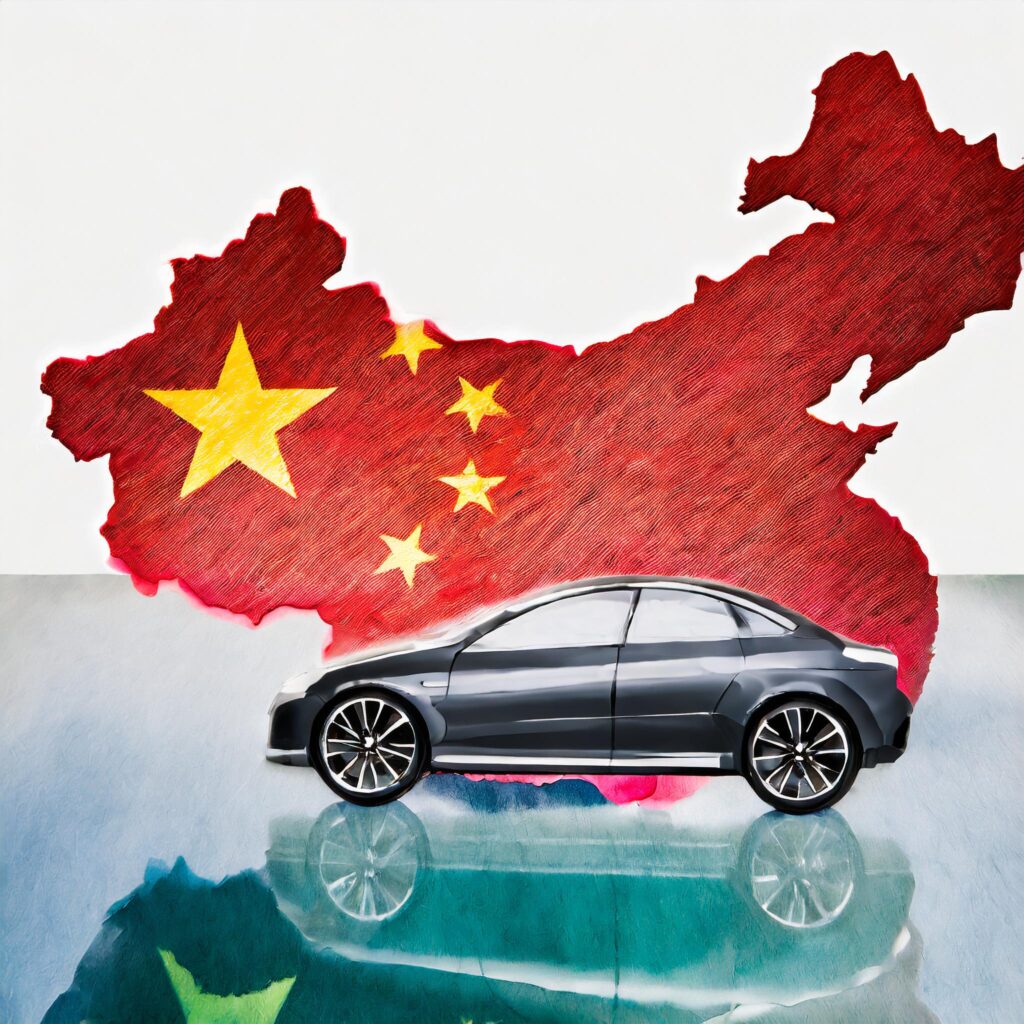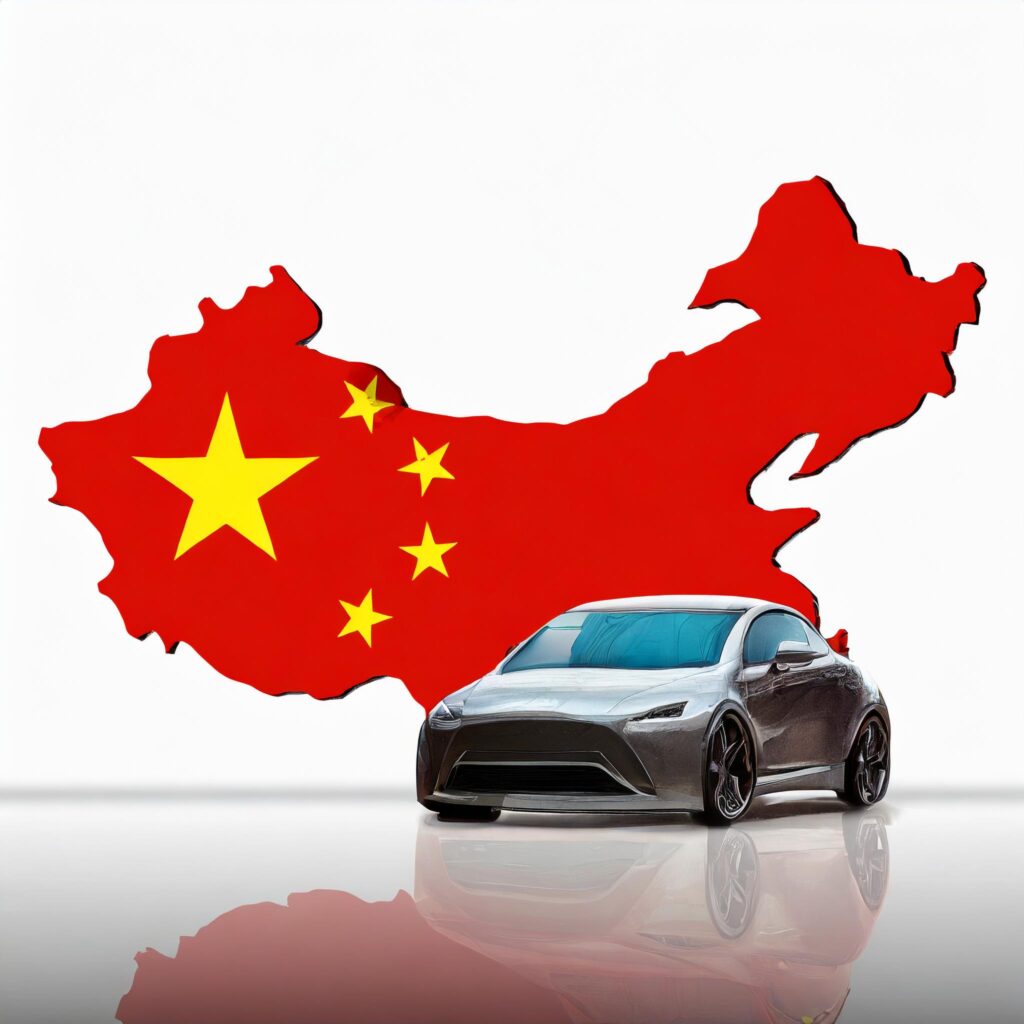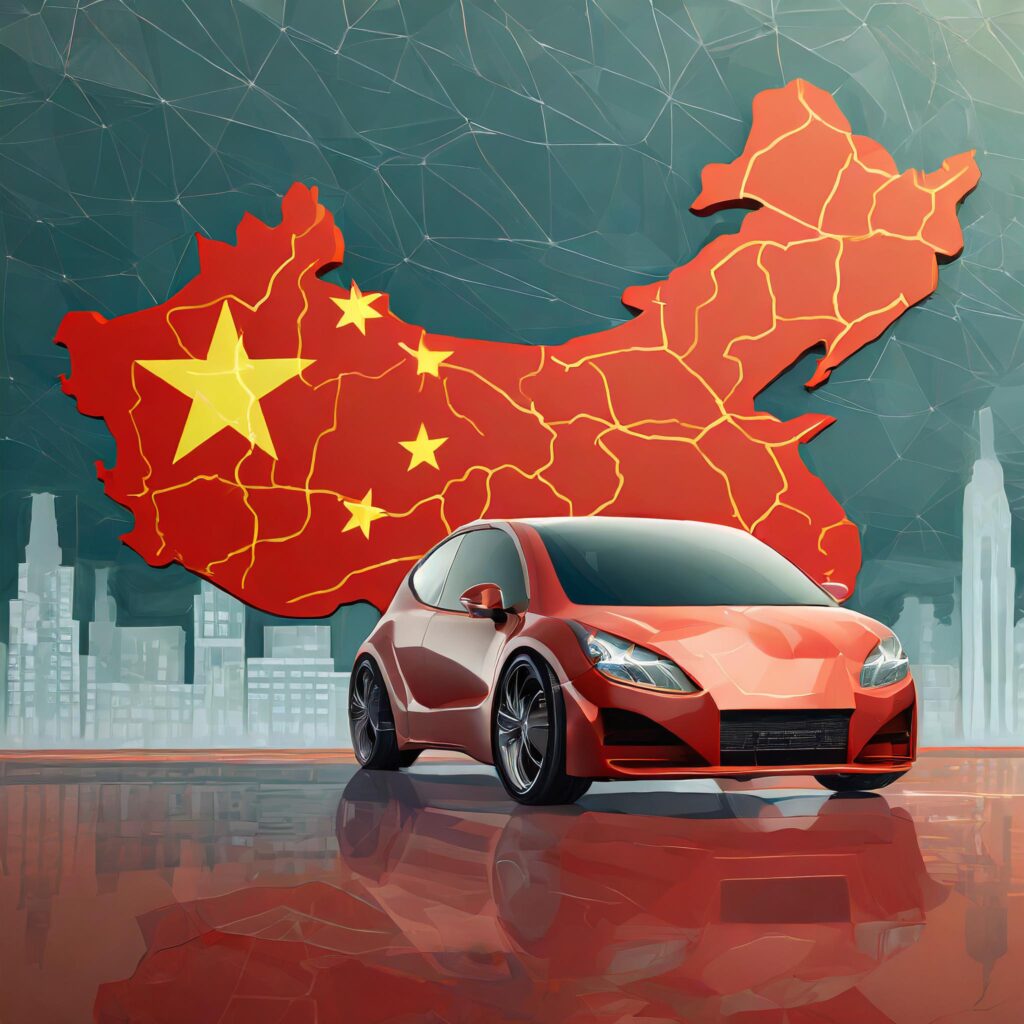Revving Up Consumption: Analyzing China’s New Auto Loan Policies and Their Economic Impact
| By Linyi Zheng |
Empowering Financial Institutions for Vehicle Financing
The recent joint issuance of the “Notice on Adjusting Automobile Loan Related Policies” (Hereinafter referred to as “Notice”) by the People’s Bank of China and the National Financial Supervision Administration marks a significant shift in China’s approach to automotive financing, reflecting broader economic strategies to stimulate domestic consumption and enhance the automotive sector’s growth. This essay explores the implications of these policy adjustments, and their potential impact on consumer behavior, the automotive industry, and the broader economy.

The central aspect of this policy update is the empowerment of financial institutions to independently determine the maximum loan-to-value ratio for personal use vehicles, including both traditional combustion engine vehicles and new energy vehicles. Previously capped at 80% for traditional vehicles and 85% for new energy vehicles, the new policy allows for up to 100% financing. This shift signifies a strategic move to boost automotive sales through enhanced financial accessibility, encouraging consumers to purchase vehicles by reducing the initial capital requirement.
Support for “Old for New” Trade-In Program
A critical element of the Notice is its support for the “old for new” trade-in program, which is part of a larger national strategy to upgrade consumer goods and stimulate consumption. By allowing financial institutions to potentially waive the penalty fees for early loan settlement in these scenarios, the policy aims to lower the financial barriers for consumers wishing to upgrade their vehicles, thus accelerating the turnover rate of the automotive market.
Enhanced Management of Automotive Loans
The policy also emphasizes the need for robust management throughout the automotive loan process. It highlights the necessity of improving pre-loan scrutiny and post-loan management, enhancing the evaluation of borrowers’ credit risks, and ensuring the appropriate valuation of collateral. These measures are intended to mitigate the credit risks that may arise from the increased loan ratios and ensure that the relaxation of loan terms does not lead to financial imprudence or misuse of funds.
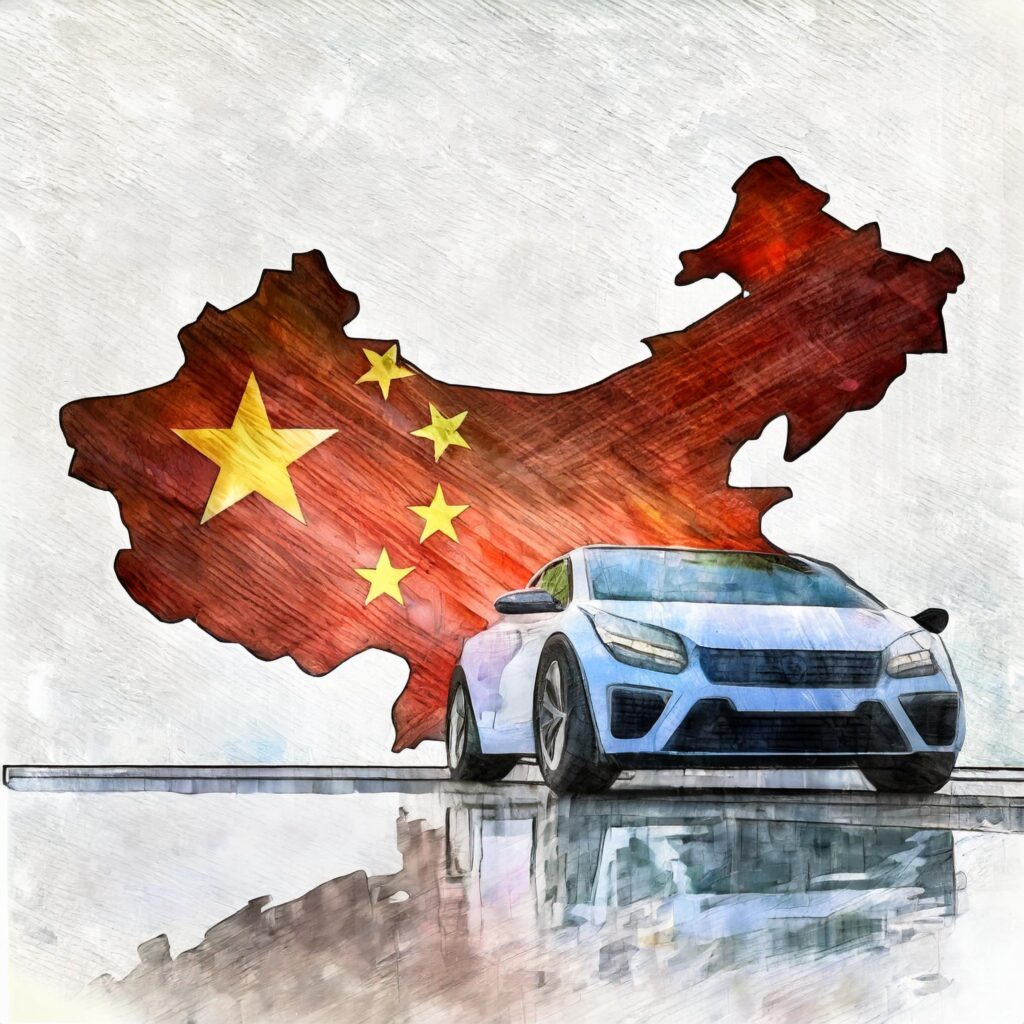
Aligning with Consumption-Driven Economy
From a broader perspective, the policy aligns with China’s ongoing efforts to transition to a consumption-driven economy. By facilitating easier access to automotive financing, the government aims to stimulate consumer spending, which is a crucial driver of economic growth. The automotive industry, being a significant component of China’s industrial sector, stands to benefit substantially from increased demand, potentially leading to higher production volumes, technological advancements, and job creation.
Innovations in Automotive Financial Products
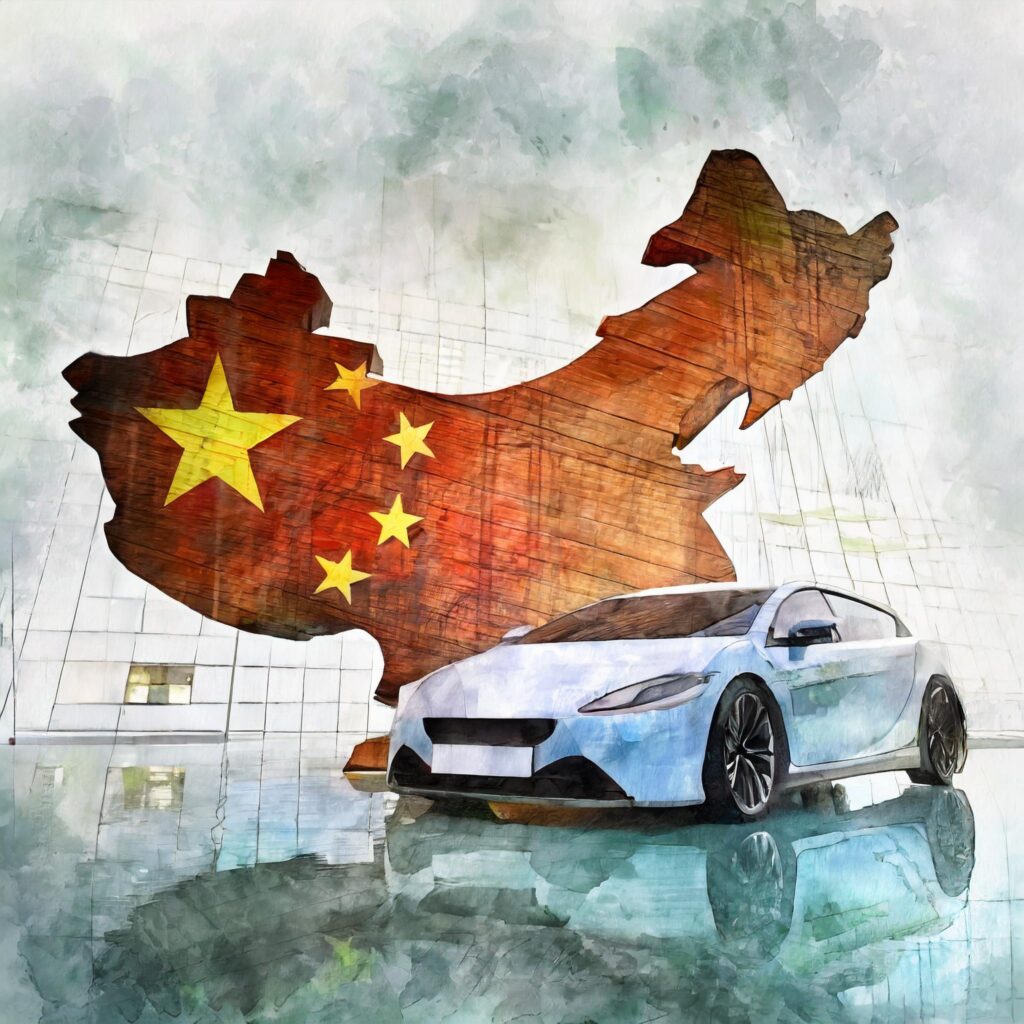
Innovation in financial products and services tailored to the automotive sector is another focal point of the policy. Financial institutions are encouraged to innovate in their offerings, taking into account the specific needs of different market segments, including new cars, used cars, and trade-in transactions. This approach not only caters to diverse consumer preferences but also enhances the overall efficiency and effectiveness of the automotive finance market.
Integration of Financial Technology
Looking forward, the integration of financial technology is pivotal. By leveraging advancements in fintech, financial institutions can improve their risk control mechanisms and tailor their services more precisely to consumer profiles. This could lead to a more dynamic and responsive automotive finance sector that aligns credit offerings with the actual needs and capacities of borrowers.
